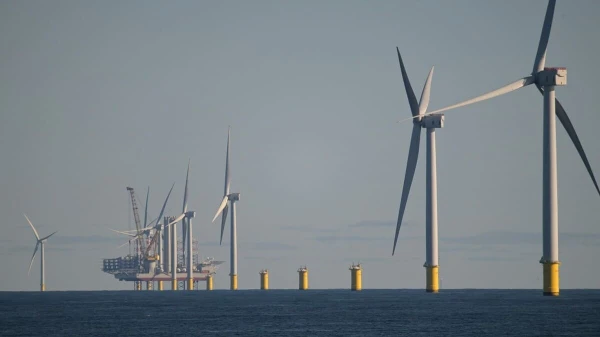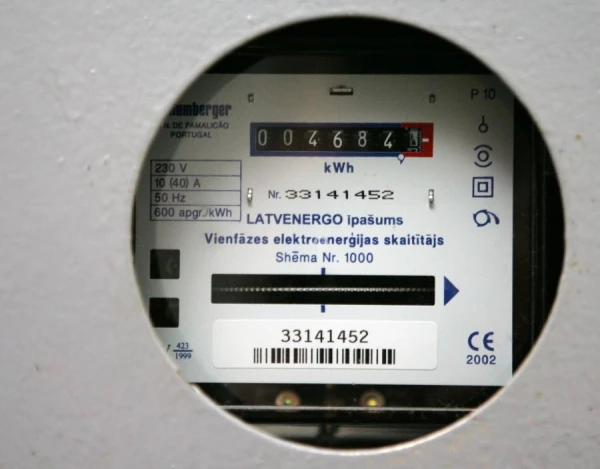
The energy generated by the offshore turbines will be transmitted via high-voltage underwater cables to the national grid.
The world's largest offshore wind farm, which will provide clean electricity to six million homes annually once operational — the Dogger Bank wind farm — is being constructed approximately 130 kilometers off the coast of Yorkshire.
The project is being implemented by a consortium of companies SSE Renewables, Equinor, and Vårgrønn and consists of three phases, each with a capacity of 1.2 million kilowatts.
As the largest offshore wind farm in the world, Dogger Bank will be a key element of the future energy system of the United Kingdom, based on clean energy sources. It is estimated to bring around $7.9 billion to the country and create thousands of jobs nationwide.
The wind farm consists of three key phases: Dogger Bank A, B, and C. Together, they will produce enough electricity to cover about 5% of the total demand in the UK. The energy generated by the offshore turbines will be transmitted via high-voltage underwater cables to the national grid.
The first turbine of the Dogger Bank A phase began generating power in October 2023. The power station uses a high-voltage direct current transmission system — the first of its kind used in a British wind farm — to supply electricity to the national grid.
The complex is equipped with GE Vernova Haliade-X wind turbines with a capacity of 13 megawatts, among the largest and most powerful in the world. Each rotation of their 107-meter blades generates enough energy to power an average British home for two days.
<iframe width="560" height="315" src="https://www.youtube.com/embed/nhbMb3oZR34?si=aVDPs4lUlRags_tY" title="YouTube video player" frameborder="0" allow="accelerometer; autoplay; clipboard-write; encrypted-media; gyroscope; picture-in-picture; web-share" referrerpolicy="strict-origin-when-cross-origin" allowfullscreen></iframe>












